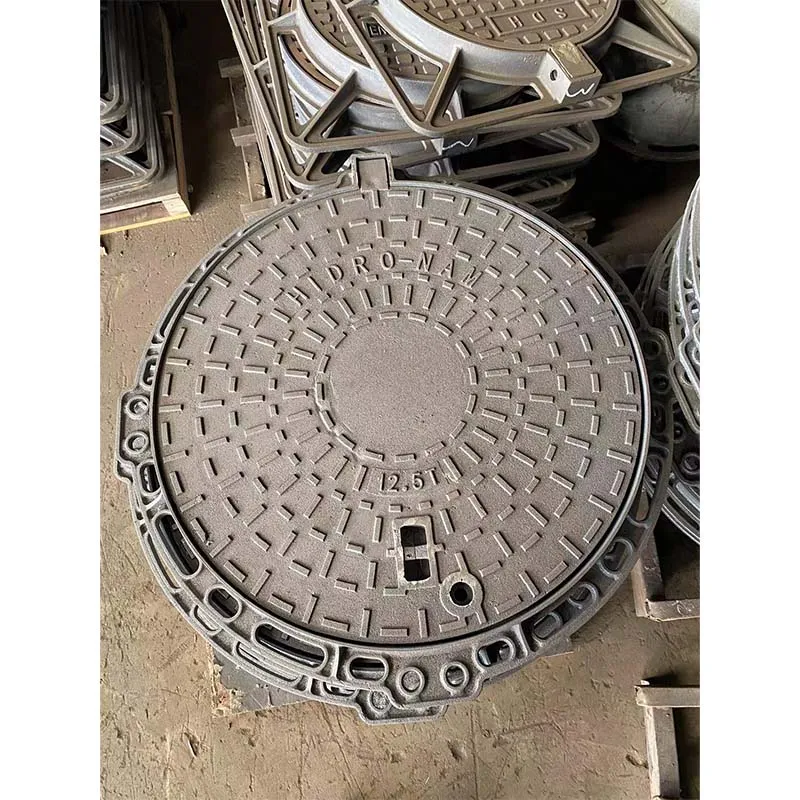car security bollard
The Importance of Car Security Bollards
In our modern urban environments, the increasing prevalence of vehicles has raised significant concerns regarding safety and security. Among various measures to protect properties and pedestrians, the installation of car security bollards has emerged as an effective solution. These sturdy posts serve multiple purposes, primarily aimed at enhancing security, controlling vehicle access, and ensuring pedestrian safety.
Understanding Car Security Bollards
Car security bollards are short, vertical posts made from robust materials such as steel or concrete. They are designed to resist impact and deter unauthorized vehicle access to specific areas. By acting as physical barriers, these bollards protect buildings, pedestrians, and outdoor spaces from potential threats posed by vehicles. This is particularly crucial in high-traffic areas where the risk of accidents or deliberately harmful actions, such as ramming attacks, is elevated.
Enhancing Safety and Security
One of the primary functions of car security bollards is to safeguard public spaces
. For instance, in urban settings where cafes and restaurants have outdoor seating, bollards can create a protective barrier between diners and the road. This not only prevents accidents caused by errant vehicles but also enhances the overall experience for patrons, making outdoor dining safer and more enjoyable.Moreover, these bollards can significantly reduce the risk of vehicle-ramming attacks on vulnerable locations such as government buildings, schools, and shopping centers. In recent years, there have been several incidents where vehicles were deliberately used as weapons, resulting in tragic consequences. Installing high-impact security bollards provides a reliable defense against such threats, giving authorities and the public confidence in their safety.
Controlling Vehicle Access
car security bollard

In addition to enhancing safety, car security bollards play a vital role in controlling vehicle access. They can effectively restrict entry to certain areas while still allowing pedestrian movement. This is particularly useful in busy urban centers where certain streets may be designated for pedestrians only. By placing bollards at strategic locations, city planners can create car-free zones that encourage walking, cycling, and public transport, ultimately contributing to a greener and healthier urban environment.
For properties such as office buildings, residential complexes, and gated communities, security bollards can provide a controlled entry point. They can be designed to retract or provide access through electronic systems, enabling authorized vehicles to enter while keeping unauthorized individuals at bay. This ensures that sensitive areas remain secure while allowing for necessary circulation.
Aesthetic and Customizable Options
Beyond their practical applications, car security bollards can also enhance the aesthetic appeal of a given area. They come in a variety of designs, colors, and sizes, allowing cities and property owners to choose options that complement their surroundings. From sleek modern designs to classic styles, bollards can be integrated into the landscape while fulfilling their core protective functions.
Furthermore, businesses can customize bollards with branding elements or artistic designs to reflect their identity and values. This approach not only promotes security but also contributes to a vibrant urban atmosphere that attracts visitors and enhances community pride.
Conclusion
As urban areas continue to evolve, the importance of car security bollards cannot be overstated. They serve dual purposes of enhancing security and controlling access while also contributing to the aesthetic value of public and private spaces. By protecting pedestrians from potential harm and deterring unauthorized vehicle access, these robust barriers play a crucial role in creating safer streets and communities. As cities strive to balance vehicular movement with pedestrian safety, investing in car security bollards will undoubtedly remain a vital component of urban planning and design.
-
The Smarter Choice for Pedestrian AreasNewsJun.30,2025
-
The Gold Standard in Round Drain CoversNewsJun.30,2025
-
The Gold Standard in Manhole Cover SystemsNewsJun.30,2025
-
Superior Drainage Solutions with Premium Gully GratesNewsJun.30,2025
-
Superior Drainage Solutions for Global InfrastructureNewsJun.30,2025
-
Square Manhole Solutions for Modern InfrastructureNewsJun.30,2025
-
Premium Manhole Covers for Modern InfrastructureNewsJun.30,2025
